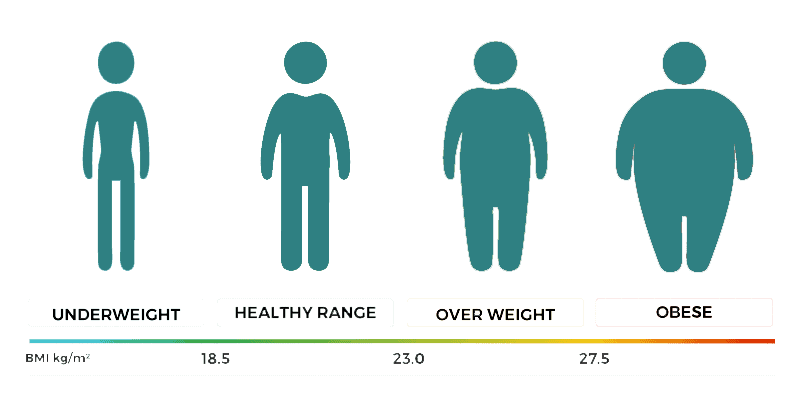Lap band surgery will place an adjustable and reversible FDA-approved device around the stomach. The surgically implanted medical device is a silicone ring placed around the upper part of the stomach. The gastric band creates a new, small banded stomach above the ring and leaves the remainder of the stomach and intestines intact below the ring, restricting the amount of food that can be consumed. Since its clinical introduction in 1993, almost 150,000 LAP-BAND procedures have been performed around the world and over 30,000 in the U.S. alone.
What to Expect During Lap Band Surgery
During the lap band procedure, surgeons usually use laparoscopic techniques (using small incisions and long-shafted instruments), to implant an inflatable silicone band into the patient’s abdomen. Like a wristwatch, the band is fastened around the upper stomach to create a new, tiny stomach pouch that limits and controls the amount of food you eat. It also creates a small outlet that slows the emptying process into the stomach and the intestines. As a result, patients experience an earlier sensation of fullness and are satisfied with smaller amounts of food. In turn, this results in weight loss.
Since there is no cutting, stapling or stomach re-routing involved in the lap band procedure, it is considered safe and minimally invasive compared to other weight-loss surgeries. The laparoscopic approach to the surgery also offers the advantages of reduced post-operative pain, shortened hospital stay and quicker recovery. If for any reason the adjustable gastric band needs to be removed, the stomach generally returns to its original form.
Lap band surgery is also the only adjustable weight-loss surgery. The diameter of the band is adjustable for a customized weight-loss rate. Your individual needs can change as you lose weight. For example, pregnant patients can expand their gastric band to accommodate a growing fetus, while patients who aren’t experiencing significant weight loss can have their gastric bands tightened.
To modify the size of the band, its inner surface can be inflated or deflated with a saline solution. The band is connected by tubing to an access port, which is placed well below the skin during surgery. After the operation, the surgeon can control the amount of saline in the band by entering the port with a fine needle through the skin.
Am I a Good Candidate for Lap Band Surgery?
Lap band surgery is not right for everyone. Here are some of the things we will consider when evaluating your candidacy for obesity surgery.
Lap band surgery may be right for you if:
- You are at least 18 years old.
- Your BMI is 40 or higher or you weigh at least twice your ideal weight or you weigh at least 100 pounds more than your ideal weight. (BMI is calculated by dividing body weight (lbs.) by height in inches squared (in2 ) and multiplying that amount by 704.5).
- You have been overweight for more than 5 years.
- Your serious attempts to lose weight have had only short-term success.
- You do not have any other disease that may have caused your obesity.
- You are prepared to make substantial changes in your eating habits and lifestyle.
- You are willing to continue being monitored by the specialist who is treating you.
- You do not drink alcohol in excess.
If you do not meet the BMI or weight criteria, you still may be considered for a lap band procedure if your BMI is at least 35 and you are suffering from serious health problems related to obesity.
While laparoscopic adjustable gastric band surgery is an effective treatment for morbid obesity, the pounds do not come off by themselves. Lap band surgery is an aid to support you in achieving lasting results by limiting food intake, reducing appetite and slowing digestion. However, your motivation and commitment to adopt a new lifestyle are extremely important for long-term weight loss. New eating habits must be adhered to for the rest of your life. Exercise is an equally important component of a changed lifestyle.
Insurance Information
To determine if your insurance policy covers obesity (or “bariatric”) surgery, refer to the insurance policy package that you have received after paying your first premium or provided through a plan offered by your employer.
Typically, there are two sections that describe the extent and limits of coverage. The first is usually called “What Is Covered” or “Covered Expenses.” These are the healthcare benefits for which the company will pay. The other section is “What Is Not Covered” or “When the Plan Does Not Pay Benefits.” In this section, look for any statement that the company excludes coverage for weight control, for the treatment of obesity, for the surgery for weight control, or for the complications of the surgery for weight control. Some policies will outright exclude bariatric surgeries. Others may have certain parameters around which bariatric procedures they cover and how much of the costs they cover. Look for statements such as, “Surgery for the treatment of obesity is covered when deemed medically necessary,” or “Surgery for the treatment of obesity is (specifically) excluded except when medically necessary.” If this surgery is a covered benefit when medically necessary, then it should be covered when patients meet national guidelines for care for morbid obesity.





